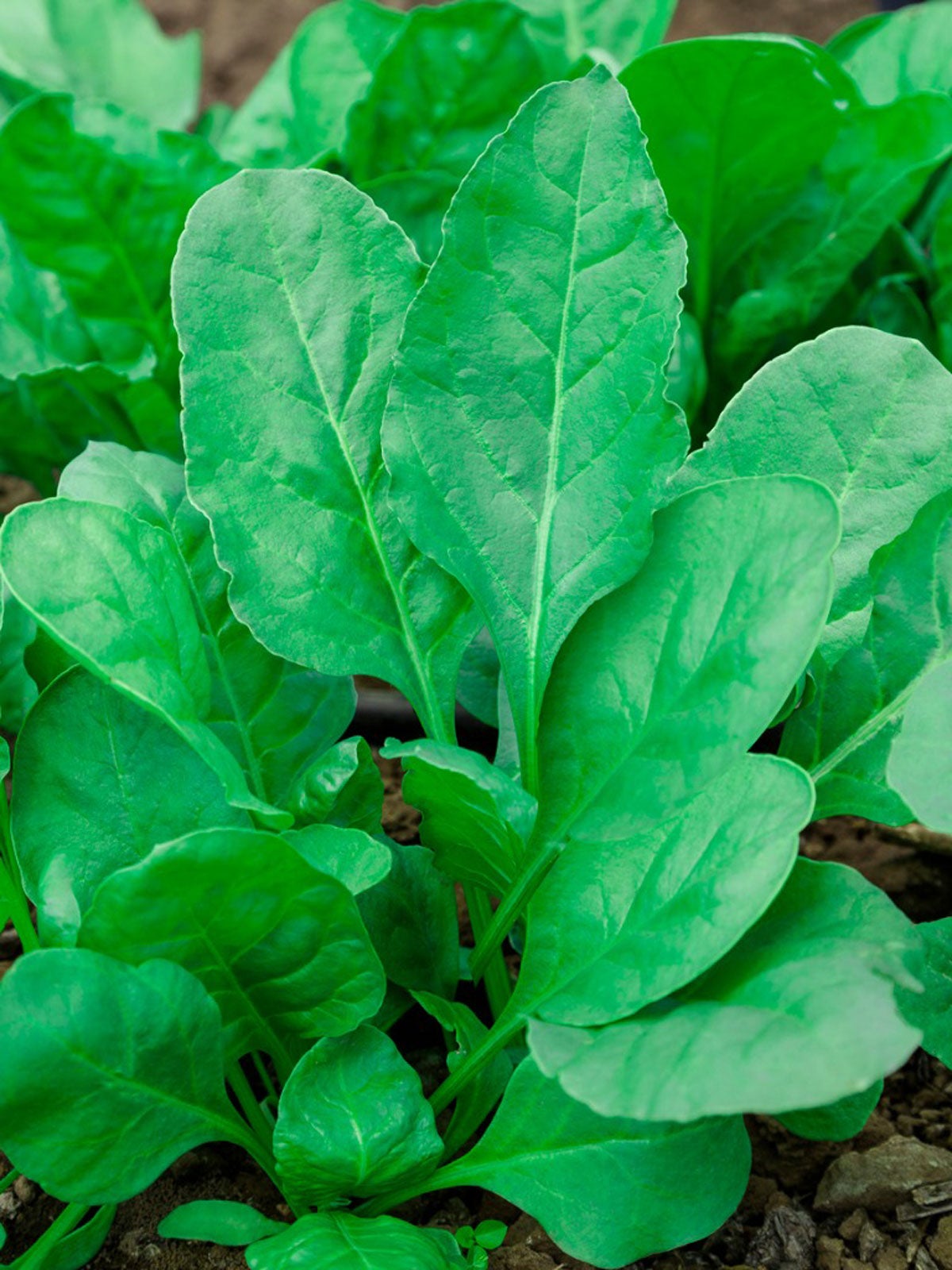Spinach Shade Tolerance – Will Spinach Grow In The Shade


In a perfect world, all gardeners would be blessed with garden space that receives full sun. After all, many common garden veggies, like tomatoes and peppers, grow best in sunny areas. What if shadows from trees or buildings block those chlorophyll-absorbing rays though? Are there vegetable plants that have a tolerance for shade? Yes! Growing spinach in the shade is one possibility.
Is Spinach a Shade Plant?
If you flip a spinach seed packet over and examine the growth requirements, you'll find spinach does best when planted in full to partial sun. Full sun refers to six or more hours of direct sunlight per day, while partial sun generally means four to six hours.
As a cool-weather crop, spinach doesn't fit neatly into either one of these categories. In early spring and late fall when the sun resides lower in the sky and its rays are less intense, spinach shade tolerance is low. It needs full, direct sunlight to grow quickly, which is the key to producing sweet-tasting spinach.
As spring transitions into summer and summer into fall, spinach does better in partial shade. Temperatures above 75 degrees F. (24 C.) and more intense sunlight prompts spinach to switch from foliage to flower production. As spinach bolts, the leaves become tough and bitter-tasting. Using spinach for shade gardens is a way to fool this plant into delaying the onset of bolting.
Planting Spinach in the Shade
Whether you're dealing with a shady garden site or you're trying to extend the growing season for your spinach crop, try implementing these ideas for shade spinach growing:
- Plant spring spinach under a deciduous tree. Before the deciduous leaves emerge in the spring, the spinach will receive full sun and grow quickly. As warmer temperatures descend upon the area, the thickening canopy will provide shade from the afternoon sun. This creates a cooler microclimate and delays bolting.
- Plant fall spinach under a deciduous tree. This has the same effect, but in reverse. Sowing spinach seed in cooler soil improves germination rates. As autumn approaches and the leaves drop, a fall crop of spinach will benefit from the increased sunlight.
- Successively plant spinach near taller crops. Sowing spinach seeds every two weeks extends the harvest period of mature plants. Sow the first row in full sun. Then every two weeks, sow more seeds in rows reserved for consecutively taller plants. As the season progresses, maturing spinach plants will receive more and more shade.
- Plant spinach on the east side of buildings. The eastern exposure provides a few hours of direct sunlight during the coolest part of the day, while creating shade for the remainder. Grow container spinach. Planters can be given full sun on cooler days and moved to cooler locations when the temperature rises.
Gardening tips, videos, info and more delivered right to your inbox!
Sign up for the Gardening Know How newsletter today and receive a free copy of our e-book "How to Grow Delicious Tomatoes".

Laura Miller has been gardening all her life. Holding a degree in Biology, Nutrition, and Agriculture, Laura's area of expertise is vegetables, herbs, and all things edible. She lives in Ohio.
-
 How To Make A Bouquet Garni Or Herb Bundle For Cooking
How To Make A Bouquet Garni Or Herb Bundle For CookingIf you’re a great cook, you may have made an herb bundle before. If this is a new idea, learn how to add sparkle and interest to your dish with a bouquet garni.
By Amy Grant
-
 ‘Coral Charm’ Peony Care For Sublime Semi-Double Peonies With Lush Salmon Pink Flowers
‘Coral Charm’ Peony Care For Sublime Semi-Double Peonies With Lush Salmon Pink FlowersPeonies are known for their soft baby pink or magenta tones, but if plushy coral blooms are your thing, here’s our guide to the ultimate ‘Coral Charm’ peony care
By Tonya Barnett